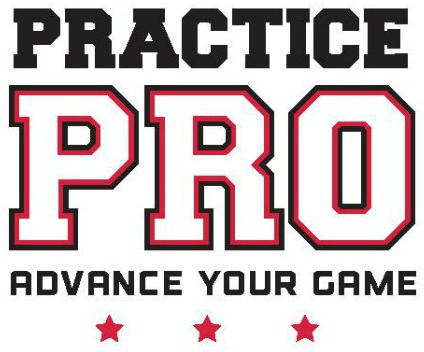16 Things You Should Know About High School Softball
/This week we were able to do something we’ve never done before - start a speaker panel series! The stay-at-home order has surprisingly benefited our pitching school in many ways, including making it easy to host events and bring in speakers. When travel times are minimal, schedules are clear, and facility spaces are free we become ultra-flexible! We will continue to host these learning experiences for our pitching school so take advantage of this unique time.
What do they wish they would have known? What made them great pitchers? What were failures that they overcame? I took the top 20 lessons learned from these great athletes and made it easy for you to digest here.
You’ll hear from Julia Youman ‘20 OPRF and IHSA State Champion, Mackenzie Janes ‘20 Jones Prep and 4-year Varsity Letter winner, and Molly Murray ‘19 Lane Tech Conference CHamp and Sectional Runner-up.
Read More





















